Notice how quiet and prolonged this minimum has been compared to the last minimum. As of November 30, we have had 236 spotless days in 2008, enough to put us in 5th place. With just half a dozen spotless days, we will exceed #3 1954. If we exceed November's 14 spotless days, we will be in a virtual tie for second place with 1912 behind 1913.
Notice how 2007 and 2008 are both in the top 10.
So far in minimum after cycle 23, we have had 481 spotless days, the most since cycles 14-16, in the early 1900s. Note in cycle 14, three years came in the top 10 for spotless days, 1911, 1912, 1913. This is the second year in this cycle in the top 10. 1912 was the second high spotless year after cycle 14.
See this story in the Toronto Star by Adam Mayers from February 2007, during the very cold and record snowy 2007/08 Toronto winter. It talks about 1911/12 winter, the worst winter of the century for that city.
"It may seem cold this week, but it is nothing, nothing, compared with the winter of 1912, a year that remains in the record books as the worst winter of the past 100 years. By mid-January, it was so cold Toronto harbour was frozen solid. By early February, the near-shore lake ice was a metre thick, and you could skate from Toronto to Hamilton if you had the time. By the middle of the month, everyone was taking bets on whether the lake was frozen over. By month-end, it was. It was the rumour that the lake ice was finally solid from Toronto to Rochester that brought a huge crowd to Sunnyside Park on the afternoon of Feb. 11, 1912. They wanted to witness what the Star called a once-in-a-lifetime experience, "a spectacle they had never seen before and may never witness again."
The shore from Sunnyside to Humber Bay was packed with people, and by 3 p.m. there were hundreds of people spilling out onto the ice. About 50 kept going until the paper estimated they were three miles out and from shore looked like "so many flies on a gigantic plate." When they were mere specks, they turned around - not because the ice was thin, as they later told the reporter, but because they feared getting lost. All around was grey in the fading light.
The lake did freeze over by the end of the month, the only time in the past century that it has. Superior did too. Although Michigan, Huron and shallow Erie have frozen in many winters since, Superior and Ontario are so deep and wide it is rarely cold enough to do the trick. But the winter of 1912 was the coldest January-March period of the 20th century and the second-coldest ever recorded. See the temperatures that winter here:
The following winter was a very different story. It was a neutral ENSO (biased slightly towards El Nino), with a slightly positive PDO, and negative AMO. Yet, the pattern in 1912/13 looks like a strong La Nina. Low solar does not by itself guarantee a cold winter every year.
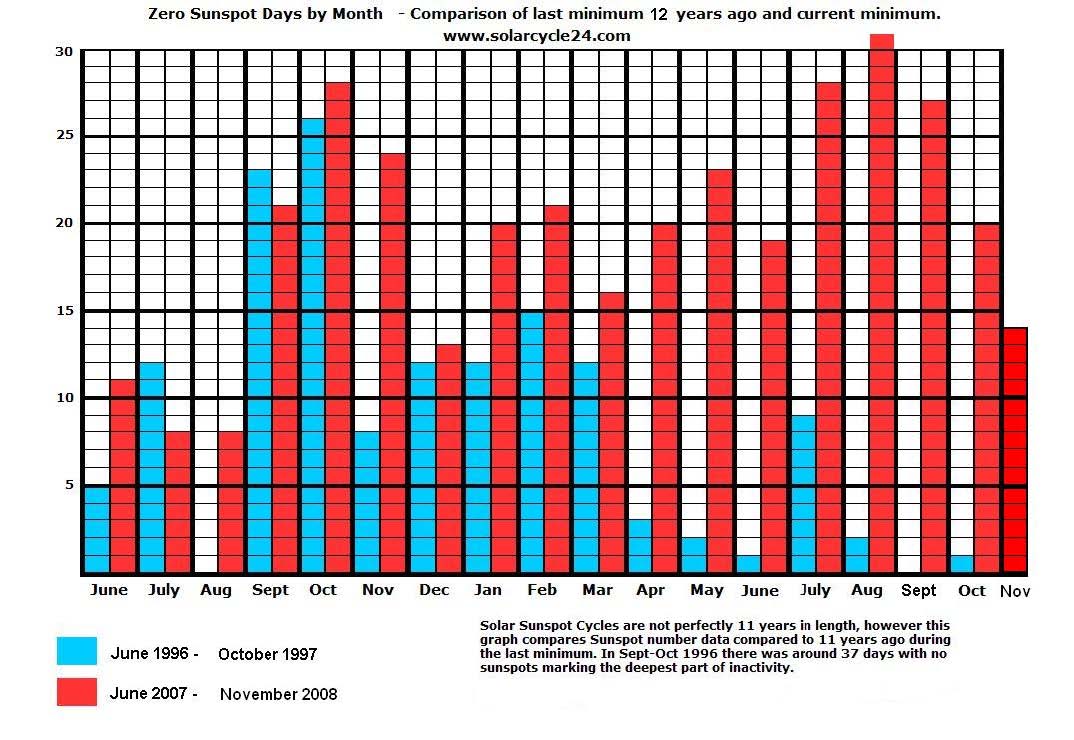
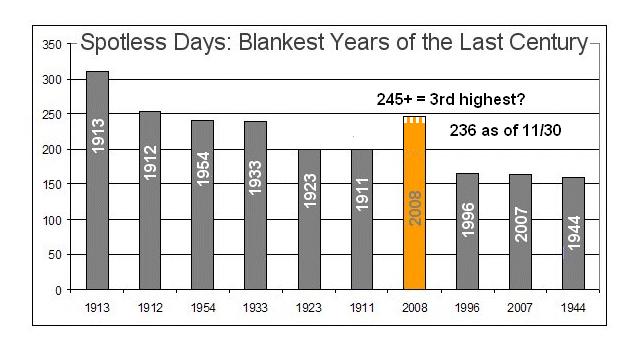
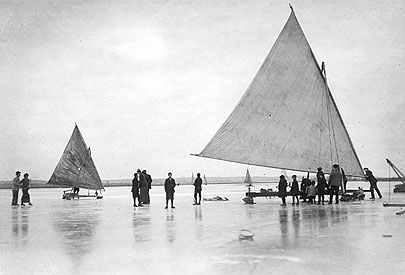
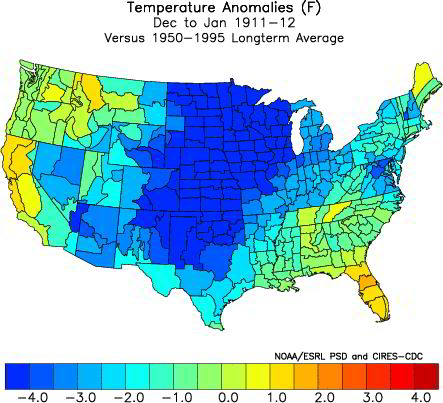
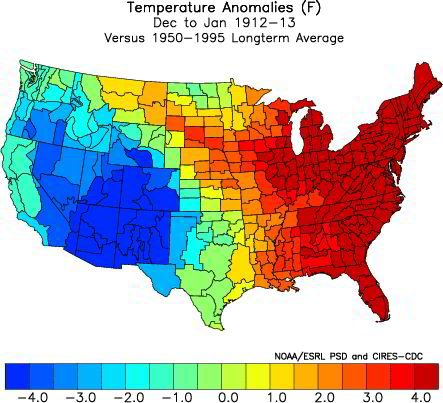



Since we are now in a period of low solar activity, with the PDO in the cool phase, plus ENSO being in the positive (cool) phase, it looks like there's a very good chance of a much below-average winter for the Northern Hemisphere.